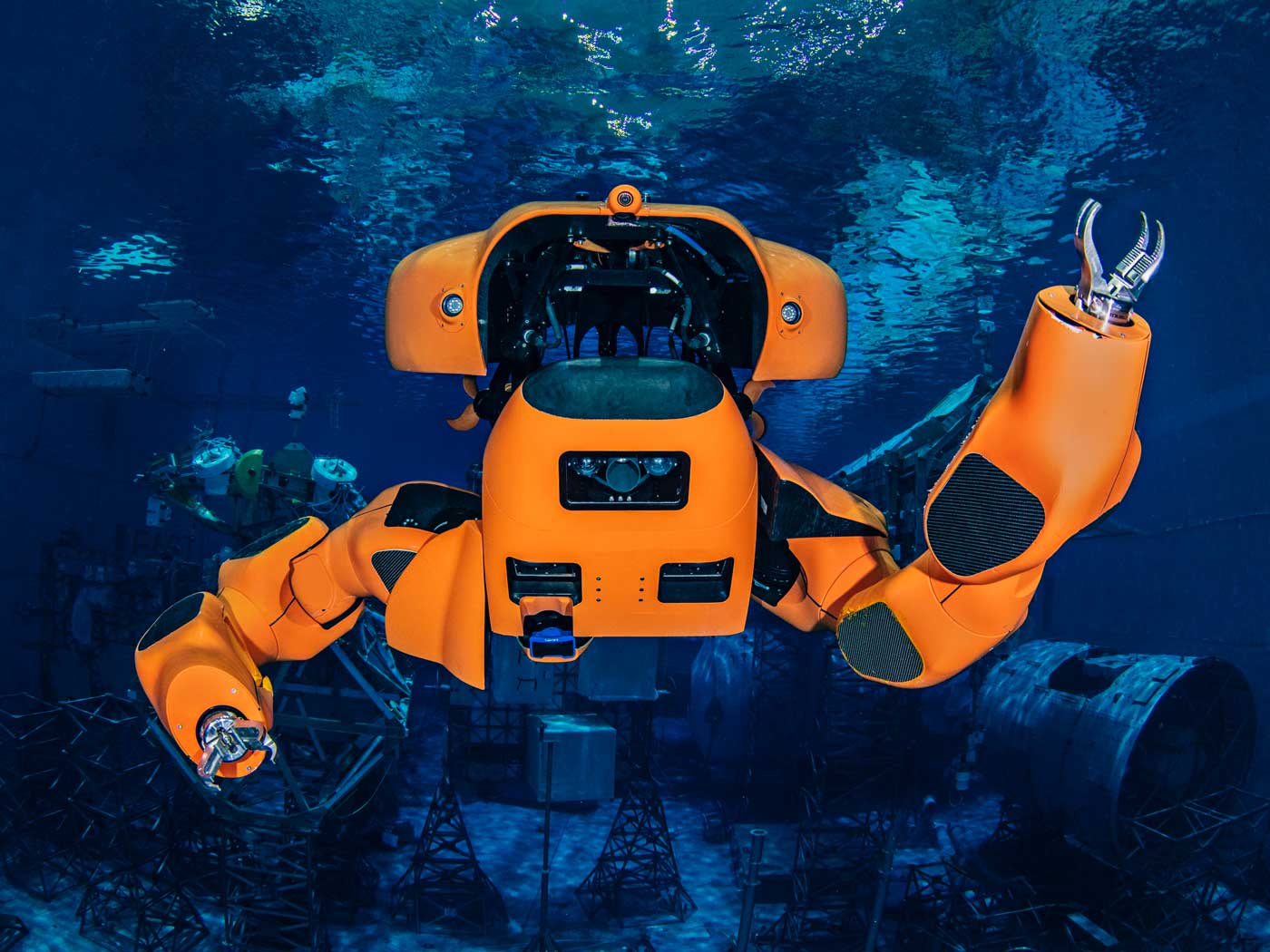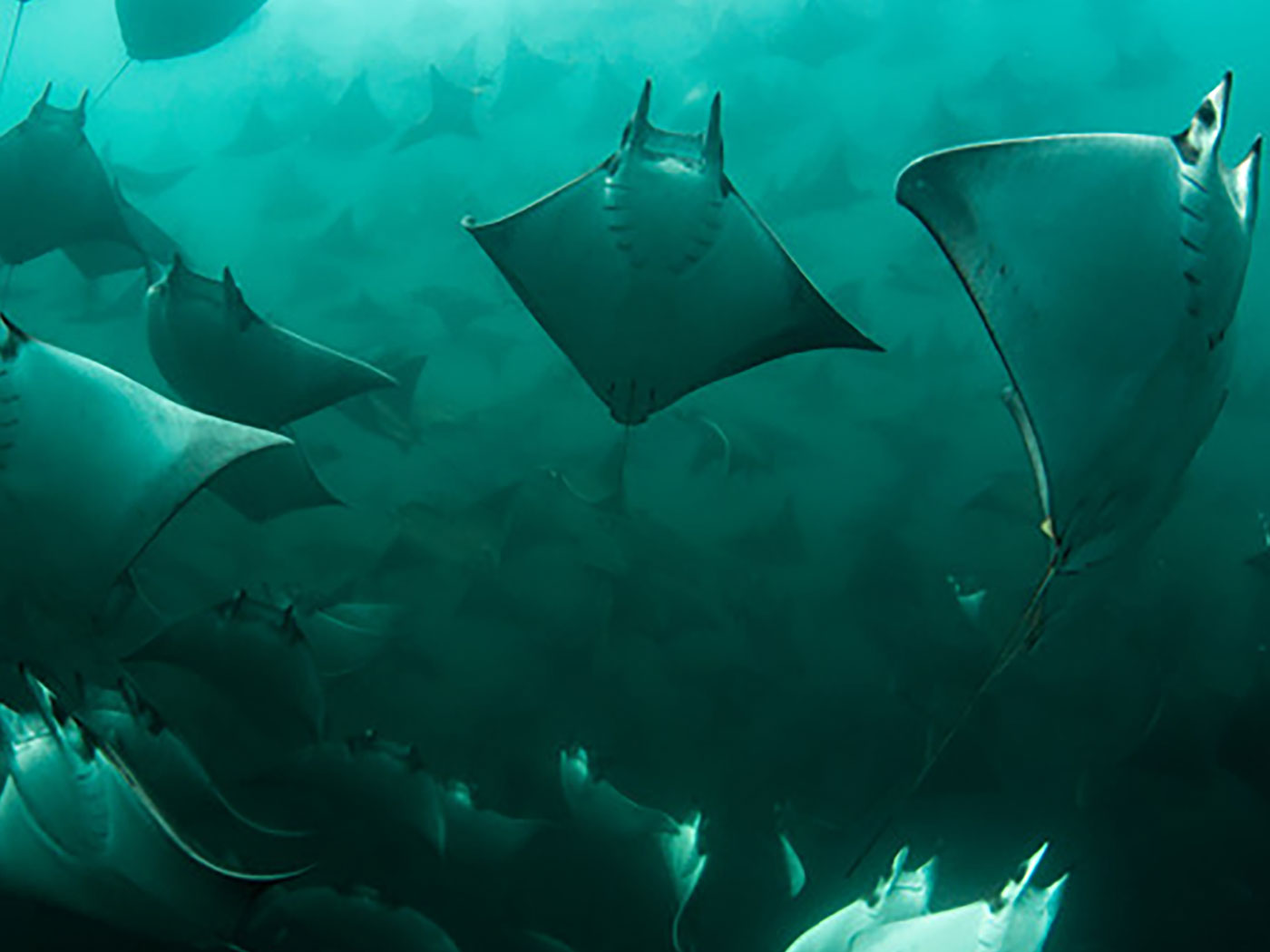By Ambassador Steve Miller
A group of divers led by Andy Murch of Bigfish Expeditions recently returned from a combination trip starting South Africa to shoot great white sharks, then on to the famous sardine run. We hooked up with them for the third leg of their trip in Uganda, to sit with the mountain gorillas.
Considering the distance travelled to many dive destinations, adding a side trip before or after makes sense for those with the vacation time available. Adding Machu Picchu to Galapagos or a safari to Africa is, well.... efficient!

When you're traveling across the world to go diving in an exotic location, it only makes sense to double down and combine it with a land-based sight-seeing trip. This safari in Uganda was sandwiched in between great white sharks and the sardine run.
The Sony Alpha A7R III was our camera of choice for this trip. It offers “silent shooting,” a staggering frame rate, and a caste of features it would take an hour to list. And that is part of the issue with learning new camera systems- their complexity.
Placing your new camera in a housing and taking a dive is perhaps the worst way to learn its functions. In the case of the A7R III we took a 6 hour live online class, then shot it in Wakatobi and Bonaire. It is possible to take a camera like this on a dive trip and shoot it like any other manual camera: using the light meter to adjust shutter and aperture, and remain blissfully ignorant of the advanced features. A topside photo expedition is a much better opportunity to learn and experiment in ways few divers will do underwater.
Photo Gallery: Sony Alpha A7R III Underwater Photos

The Sony A7R III really excels in low light settings, whether underwater or shooting the night sky.
Favorite Features
The ISO range on this camera is amazing, so if you find yourself shooting night skies or any low light situation, the camera excels. This image of the burning savannah was hand held for 1/2 second with no tripod. I’m not sure this would have been possible with any of my other cameras without a tripod.
The A7R III uses an electronic viewfinder (EVF) that shows you a processed image. For DSLR users, this may not thrill you at first (I hated it)... particularly if you are used to bright lenses and a magnified viewfinder. The electronic image looks a bit monotone underwater, and if you point the camera near the sun ball during a dive, anything near it (like a diver) will be obscured by this giant "highlight."
But you will get used to it, and the image is always pleasingly bright.

It would be impossible to get a decent shot by hand-holding most cameras for a 1/2 second exposure, but the A7R III handled it with little motion blur.
This viewfinder becomes a game changer however, when it comes to reviewing your images. No one seems to talk about this, but for this DSLR user, it’s one of the coolest features of Mirrorless Systems.
Reviewing what you just shot, then making adjustments based on what you see (and re-shooting the subject!) is a technique every good photographer does automatically, almost unconsciously. The problem here is that when you look at the LCD screen on the back of your camera during a dive, the ambient light often makes details too hard to see. Inside a cave, or on a night dive the big LCD screen is beautiful. During the day it can be almost worthless.

Reviewing your image and making adjustments using a rear LCD display can be next to impossible in bright sunlight. Using the Sony's EVF makes in possible to identify errors in exposure or focus in the image you just shot in a way that's usually only possible on your laptop.
This all changes with the Sony. Since the viewfinder is electronic, you can review your images through the EVF (with your eye up to the camera) device. The image is corrected to your vision, and there is no extraneous light hitting the screen the way it does on the camera’s back. Colors and textures are extremely sharp and clear.
With a DSLR, or any camera’s rear LCD screen, I’m never sure what I have until I get it on the laptop. This is the first time I have been able to see detail (problems?) in an image right after capture. The Sony allows you to thoroughly inspect what you have shot immediately- even in bright direct sun.
Additional Reading: Straight vs 45 Degree Magnified Viewfinder for Underwater Shooting

The gorilla families are normalized to these encounters to the point that they will often come closer than the 8 meter restricted zone. Interacting with or feeding the gorillas is strictly prohibited.
Spending Time with the Gorillas
The gorilla experience in Uganda is a complex event. Highly controlled, small groups of 8 or less are escorted by armed guides (to scare elephants away if necessary). It starts with a three hour climb up the mountainside through very dense forest. At the top you will eventually be in radio range of the trackers, who will guide you to the gorilla family. Here you leave behind your walking sticks, camera flash, and any food or packs for the final 50 yards or so. Grab your two favorite lenses and move slowly and softly using your quietest "jungle voice."

It's always top priority to enter an animal's habitat respectfully with the least interference possible. The gorillas went about their business munching on leaves and didn't seem to pay us any mind.
Each gorilla family has been normalized to these visits for at least two years. It is done exactly the same way each time. Observation is for one hour, and although 8 meters is the proximity limit for your approach, the gorillas will often pass within a couple feet of you on their own. The entire process is close to 8 hours in very humid conditions. For an extra $15US you can have a porter and support the local economy, if you have long lenses or a tripod. Remember you are also required to carry three liters of water.

Super long lenses are necessary for some of the wildlife but the 70-300mm zoom was our lens of choice for the gorillas and some of the other primates.
Our favorite lens for this trip was the 70-300mm zoom for tight face shots, although wide angle zooms like the 12-24mm are useful too. Super long lenses are great on a trip like this for the other primates you will see, but you will be close enough to the gorillas to not need them. The Sony A7R III switches from stills to video and back so easily that you will want to do a bit of both.

There are opportunities to encounter other primates in the wild at the same time, including baboons, though they may not be as close to you as the gorillas.
The restrictions for this trip are extensive. If you are ill, they will not take you to prevent disease transmission to the primates. You will also be required to get inoculated for mosquito transmitted diseases to obtain your Visa.
As with any wildlife encounter, we recommend doing your research on the tour agency to make sure that they approach the animals and their environments with respect.

Sunrise over the Ugandan savannah with the Sony A7R III.
 Ambassador Steve Miller has been a passionate teacher of underwater photography since 1980. In addition to creating aspirational photos as an ambassador, he leads the Ikelite Photo School, conducts equipment testing, contributes content and photography, represents us at dive shows and events, provides one-on-one photo advice to customers, and participates in product research and development. Steve also works as a Guest Experience Manager for the Wakatobi Dive Resort in Indonesia. In his "free" time he busies himself tweaking his very own Backyard Underwater Photo Studio which he's built for testing equipment and techniques. Read more...
Ambassador Steve Miller has been a passionate teacher of underwater photography since 1980. In addition to creating aspirational photos as an ambassador, he leads the Ikelite Photo School, conducts equipment testing, contributes content and photography, represents us at dive shows and events, provides one-on-one photo advice to customers, and participates in product research and development. Steve also works as a Guest Experience Manager for the Wakatobi Dive Resort in Indonesia. In his "free" time he busies himself tweaking his very own Backyard Underwater Photo Studio which he's built for testing equipment and techniques. Read more...













